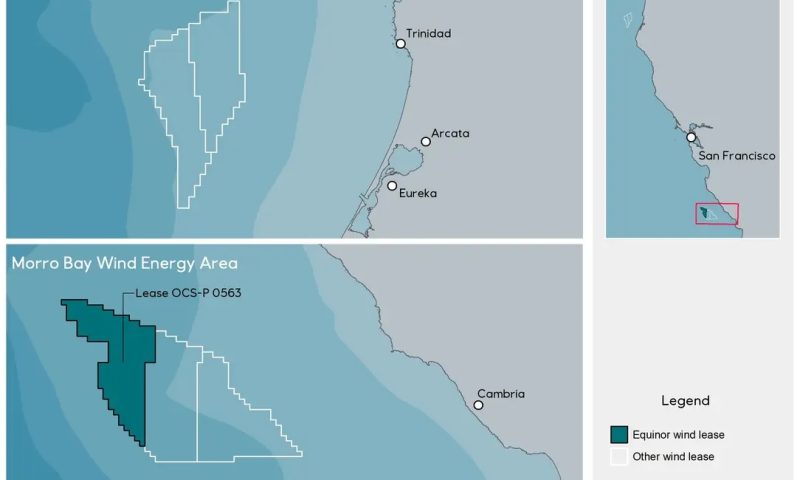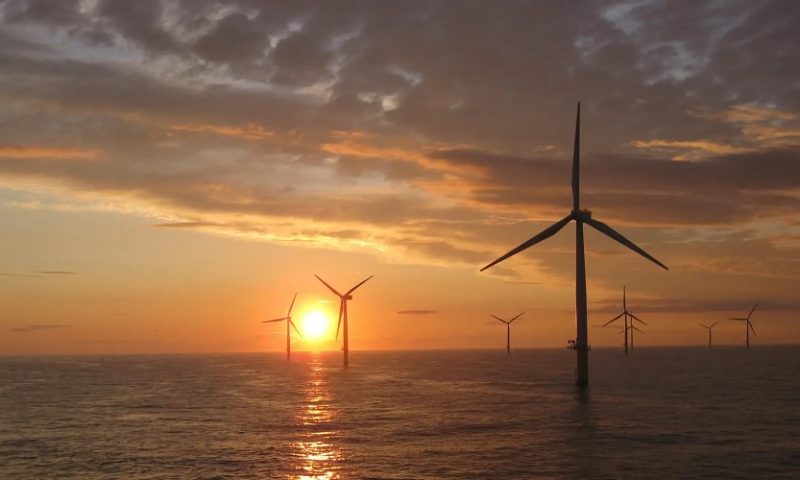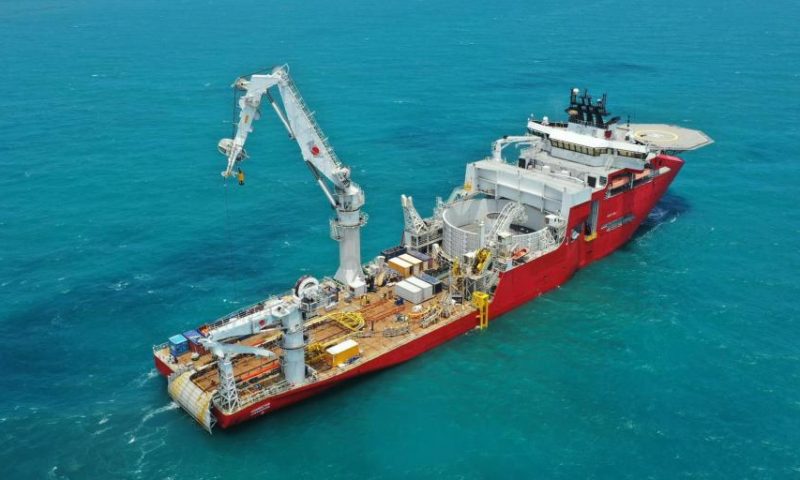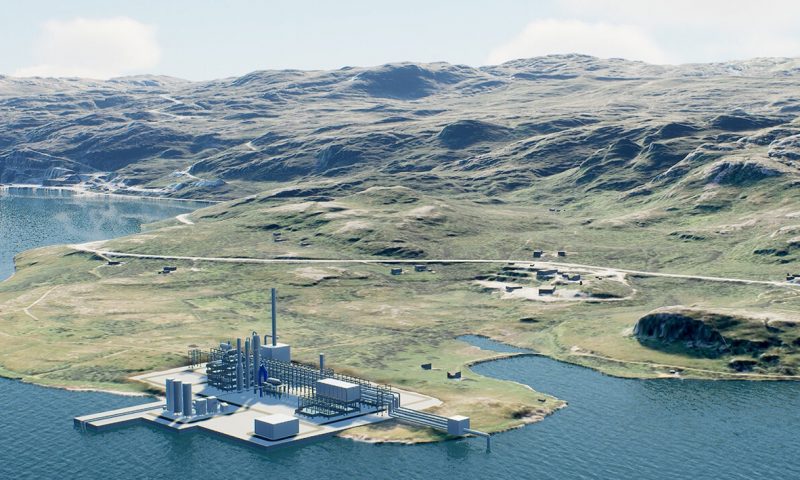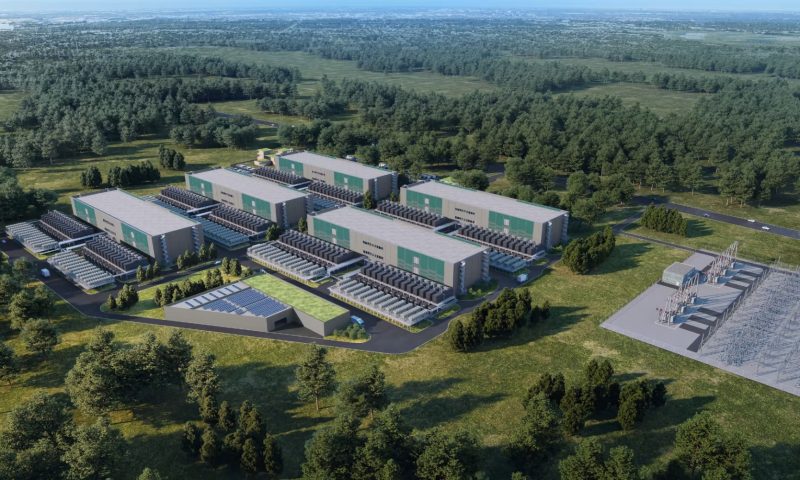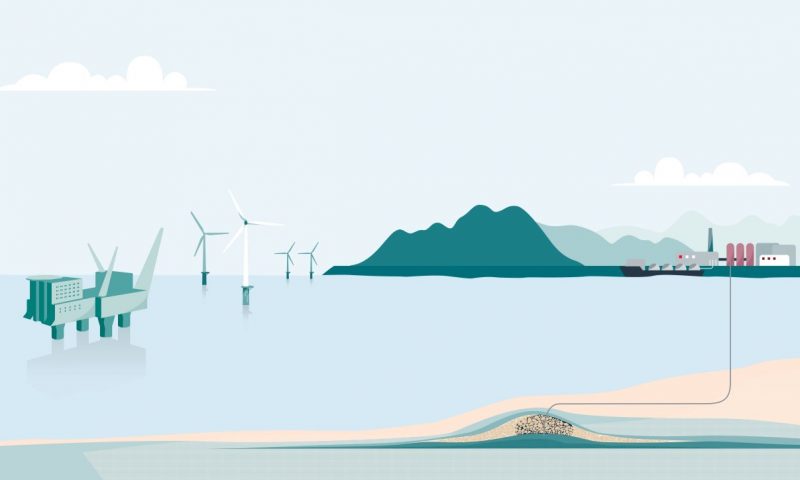
Equinor Sets Ambition to Reduce Net Carbon Intensity by at least 50% by 2050
Equinor today launches a new climate roadmap aiming to ensure a competitive and resilient business model in the energy transition, fit for long term value creation and in line with the Paris Agreement.
Equinor aims to:
- reduce the net carbon intensity, from initial production to final consumption, of energy produced by at least 50% by 2050,
- grow renewable energy capacity tenfold by 2026, developing as a global offshore wind major, and
- strengthen its industry leading position on carbon efficient production, aiming to reach carbon neutral global operations by 2030.
“Today we are setting new short-, mid- and long-term ambitions to reduce our own greenhouse gas emissions and to shape our portfolio in line with the Paris Agreement. It is a good business strategy to ensure competitiveness and drive change towards a low carbon future, based on a strong commitment to value creation for our shareholders,” says Eldar Sætre, president and CEO of Equinor.
“We are now looking 30 years into the future, and it is not possible to predict an exact shape and pace of the transition. Not for society and not for us. But we know there will have to be significant changes in the energy markets, and our portfolio will change accordingly to remain competitive. We will produce less oil in a low carbon future, but value creation from oil and gas will still be high, and renewables give significant new opportunities to create attractive returns and growth,” says Sætre.
“Equinor’s strategic direction is clear. We are developing as a broad energy company, leveraging the strong synergies between oil, gas, renewables, CCUS and hydrogen. We will continue addressing our own emissions in line with the emitter pays principle. But, we can and will do much more. As part of the energy industry, we must be part of the solution to combat climate change and address decarbonisation more broadly in line with changes in society,” says Sætre.
The ambition to reduce net carbon intensity by at least 50% by 2050 takes into account scope 1, 2 and 3 emissions, from initial production to final consumption. By 2050 each unit of energy produced will, on average, have less than half of the emissions compared to today. The ambition is expected to be met primarily through significant growth in renewables and changes in the scale and composition of the oil and gas portfolio. Operational efficiency, CCUS and hydrogen will also be important, and recognised offset mechanisms and natural sinks may be used as a supplement.
In 2026, Equinor expects a production capacity from renewable projects of 4 to 6 GW, Equinor share, mainly based on the current project portfolio. This is around 10 times higher than today’s capacity, implying an annual average growth rate of more than 30%. Towards 2035, Equinor expects to increase installed renewables capacity further to 12 to 16 GW, dependent on availability of attractive project opportunities.

Eldar Sætre, president and CEO of Equinor
“In order to combat climate change, governments, business and society must find new and sustainable solutions together. As a pioneer in CCUS, Equinor is engaged in building a European value chain, capturing and storing CO2 from third-party industrial sites. This, combined with a strong position within natural gas, makes Equinor prepared for future growth in hydrogen, which offers large scale opportunities for zero emission energy,” adds Sætre.
The scale and composition of Equinor’s oil and gas portfolio, and the efficiency of its operations, will play a key role in achieving Equinor’s net carbon intensity ambition. Carbon efficient production of oil and gas will increasingly be a competitive advantage, and Equinor will seek to ensure a high value and robust oil and gas portfolio.
In January 2020, Equinor announced an unprecedented set of ambitions to reduce absolute greenhouse gas emissions from its operated offshore fields and onshore plants in Norway by 40% by 2030, 70% by 2040 and towards near zero by 2050. The ambition can be realised through electrification projects, energy efficiency measures and new value chains such as carbon capture and storage and hydrogen.
Equinor is aiming to reduce the CO2 intensity of its globally operated oil and gas production to below 8 kg per barrel of oil equivalent by 2025, five years earlier than the previous ambition. The current global industry average is 18 kg CO2 per barrel1 .
Equinor sets a new ambition to reach carbon neutral global operations by 2030. The main priority will be to reduce greenhouse gas emissions from own operations. Remaining emissions will be compensated either through quota trading systems, such as EU ETS, or high-quality offset mechanisms. By setting this ambition, Equinor demonstrates its long-standing support to carbon pricing and the establishment of global carbon market mechanisms as outlined in the Paris Agreement.
Equinor’s low methane emissions are industry leading at around 10% of the global industry average. The climate roadmap includes ambitions to keep methane emissions at near zero and to eliminate routine flaring before 2030.
“The new climate roadmap illustrates our pathway to be a shaper in the energy transition and the future of energy. It is also an invitation to our partners, customers, suppliers and governments to work together on the necessary actions to combat climate change,” concludes Eldar Sætre.




